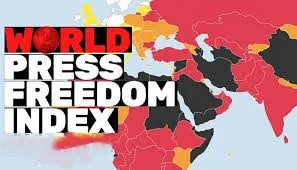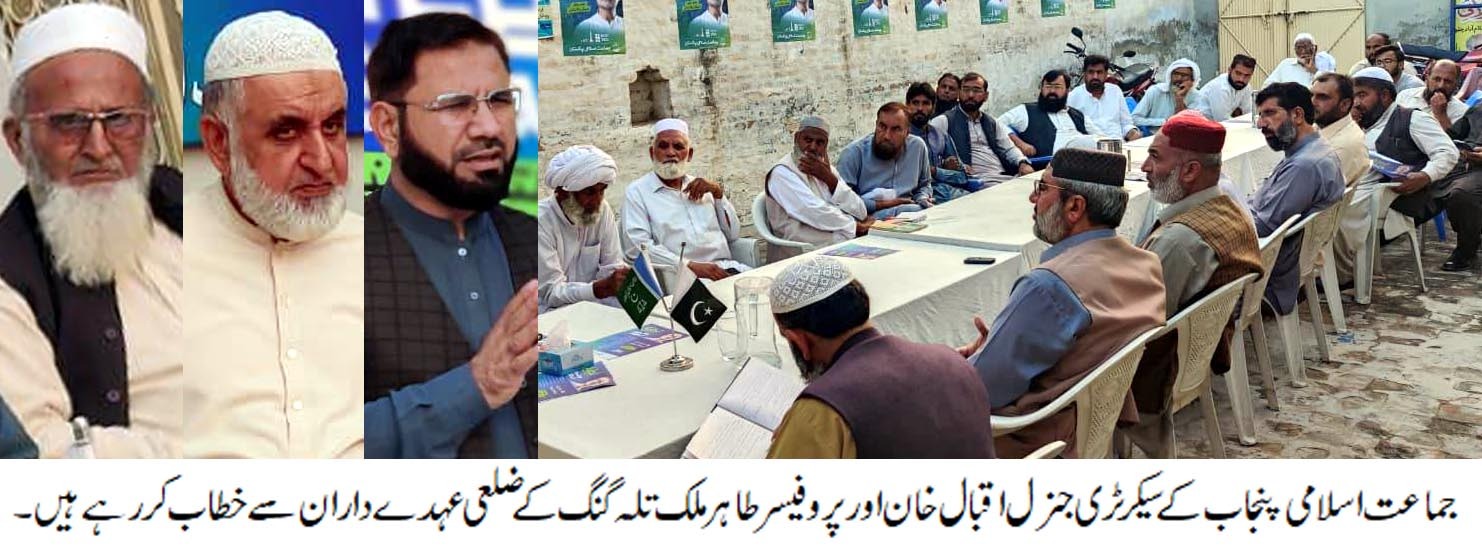The latest report by Reporters Without Borders (RSF), released on the occasion of World Press Freedom Day, reveals that Pakistan has slipped six places in the 2025 Global Press Freedom Index to 158th out of 180 countries.
Pakistan has been pushed down slightly from its 2022 position in the latest ranking. In 2022, Pakistan was ranked 157, which improved to 150 in 2023, and then returned to 152 in 2024.
While the press freedom situation in Pakistan has worsened, neighboring India has improved significantly, moving up eight places to 151. Afghanistan has also improved slightly, moving up three places to 175.
In contrast, China has dropped six places and is now ranked 178.
Iran’s rank remains at 176, reflecting ongoing press freedom issues there. Saudi Arabia has improved six places to 166.
North America’s decline in press freedom
Among Western democracies, the United States has fallen two places to 55th, indicating growing concerns about press freedoms here as well. Canada has seen a sharper decline, falling from 14th to 21st.
Norway has maintained its position in the Global Press Freedom Index and remains the world’s most press-friendly country, closely followed by other northern European countries.
Country rankings on the index
The Press Freedom Index assesses the extent to which journalists in each country can do their work safely and freely. It gives each country a score based on five key areas, known as contextual indicators. Each area is equally important and helps to provide a complete picture of press freedom. In simple terms, each of these areas means:
Political context Are journalists free from pressure from the government or political parties? Are different types of journalism supported, including independent reporting? Can the media criticize politicians and hold them accountable?
Legal framework Are there laws in place that protect journalists from censorship and unfair punishment? Can journalists freely access information and protect their sources? Do those who attack journalists get punished or get away with it?
Economic context Are journalists and media outlets facing financial problems due to government policies or powerful business entities? Is it easy or difficult to start an independent news outlet? Do advertisers or media owners pressure journalists to report in a certain way?
Sociological context Are journalists discriminated against or threatened on the basis of gender, religion, race, or beliefs? Are there cultural restrictions or social pressures that prevent journalists from reporting on certain topics?
Safety Are journalists physically safe from violence, arrest or kidnapping? Do they face emotional pressure from threats, online abuse or harassment? Can they do their work without fear that their job or belongings will be taken away?
Each of these five areas is given a score from 0 to 100, and then all scores are averaged to obtain a final country ranking. Countries at the top of the list (such as Norway) are the most press-friendly, while those at the bottom are the most dangerous or restrictive for journalists.
What changed in Pakistan
Pakistan passed the PECA Amendment Bill earlier this year, which sparked protests by journalists.
The government said it amended the law to curb “fake news” on social media.
The Prevention of Electronic Crimes Act (PECA) was passed in 2016, but its scope has changed significantly after its amendment in 2025.
However, Pakistan showed improvement in the law and order sector in 2024.




